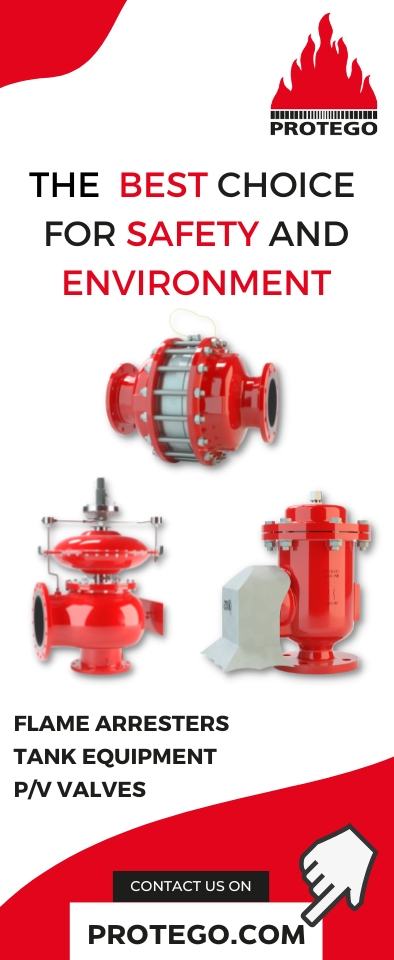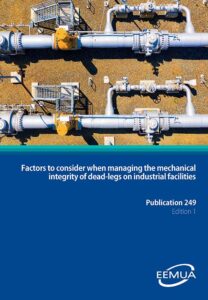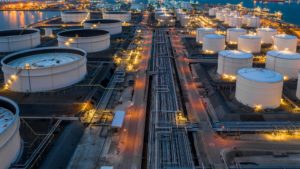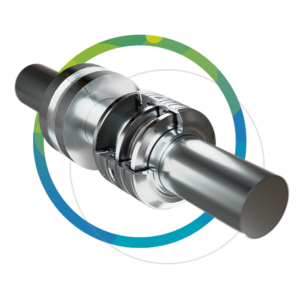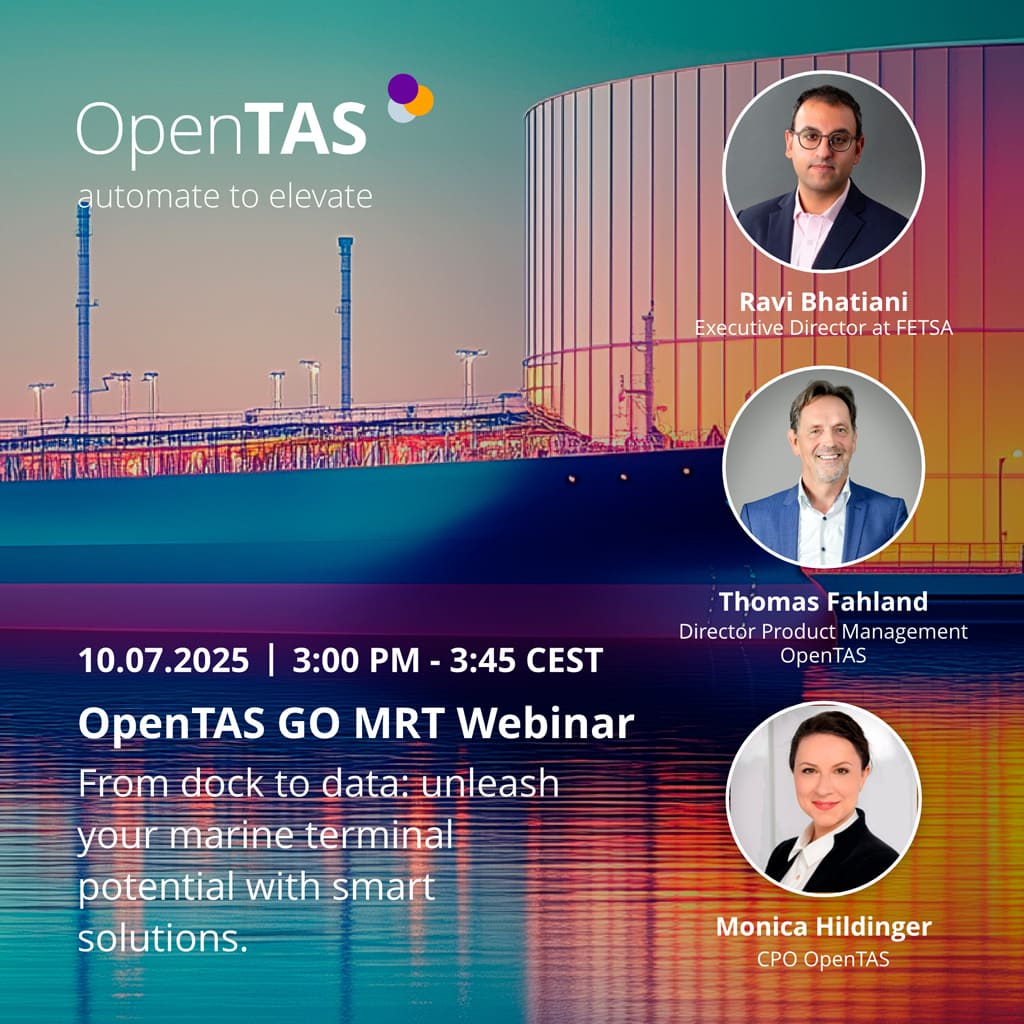Tank Storage Magazine takes a look back at some of the most impressive tank roofing projects over recent months
Discus
Project management of onsite tank work requires anticipation and adjustment to a myriad of variables. Every component of a project is a variable. Operational requirements are often the highest priority variable to the owner.
In a recent project in Corpus Christi, Texas, US, Discus Engineered Products was contracted to provide the patented OpenRaft Aluminum Internal Floating Roof (AIFR). The project was a new terminal construction consisting of ten identical 180’ (55 m) diameter tanks. The owner put forth an exceptionally aggressive schedule that required close coordination with the tank builder. As tank construction was completed, AIFR construction was to begin immediately, meaning multiple crews would be working in multiple tanks simultaneously. Discus managed this schedule by using several separate adjustable size crews sequentially in leap-frog execution, to minimise the construction time.
Leapfrog
Leapfrog execution involves two crews, working in close coordination on sequential tanks. The project starts with two full crews having a combination of general specialised workers. The Discus installation process involves assembling the entire deck from underneath prior to working on top of the deck. At completion of deck assembly in the first two tanks (1 & 2 on Figure 1), panel workers move on to other tanks, leaving specialised teams behind to finish the seam and seal work. These patrial crews then follow behind as the panel crew works ahead.
This type of coordination is possible due to the design of the OpenRaft and Discus custom staging and cribbing system, which allows for full assembly to take place below the deck. This creates a safer work environment and allows for more effective and efficient work processes.
Discus field practices are different. The crew generally starts the day with limbering and stretching exercises. A reasonably fit and flexible crew best accomplishes IFR assembly. Considering Discus OpenRaft IFR’s are assembled from underneath, extensive work overhead is required. When workers move up top, the work requires bending, squatting, and kneeling.
Discus believes that advocating and encouraging warm-up exercises reduces injury risk and lessens the risk of falls.
Discus has found subtle ways to improve the work environment inside a steel tank. For instance they don’t use coppus fans at their jobsites. Discus prefers to use pneumatic blower venturi air movers to reduce the overall noise level. This practice keeps the sound level lower in the tank allowing ease of communication, a factor inextricably linked to safety and efficiency.
Some tasks are inherently noisy, such as tightening the plethora of bolts with battery operated impact wrenches. However, If you happen to visit the jobsite on a deck seam day, a relatively quiet component of deck assembly, you might hear music playing in the tank. Music, when appropriate during construction, seems to have a positive impact on morale, a factor linked to quality and efficiency.
Deck seam day
A four member team systematically and efficiently works across the tank, with each craftsman having their own task. One working ahead, clamping seams tightly together, the second laying down a precise bead of caulk, the third laying down flat bar and the fourth installing and bolting clips (while the first then loops back to remove clamps and fix them ahead again).
This same orchestrated teamwork is applied to the installation of welded
deck seams.
Upon completion of OpenRaft assembly, Discus field crews test every shop and field welded seam.
API 650 Annex H
H.6.4 – Any flotation compartment that is completely shop-fabricated or assembled in such a manner as to permit leak testing at the fabricating shop shall be leak tested at the shop as well as retested in the field by the floating roof erector for all accessible seams. In the field assembly yard or in the erected position, the erector shall spot leak test 10% of the flotation compartments, whether shop- or field-fabricated. The purchaser may select the specific compartments to test and the test location, based on his visual inspections for indications of damage or potential leaks. Any leaking compartments shall be repaired and re-tested by the roof manufacturer. If the testing finds any leaks in compartments tested, except
for those damaged by shipping, then 100% of the roof compartments shall be leak tested.
Discus seams exposed to liquid are 100% shop tested to 4” (10 cm) water column and 100% field re-tested with
3-5 psi vacuum box (VB) or dye penetrant (PT) after erection is completed.
Dsicus field welded deck seams that are exposed to vapours are 100% field tested with 3-5 psi vacuum box.
The OpenRaft is specifically designed with access to all welded seams from the top side of the deck, facilitating vacuum box testing after erection.
Patented open panel design
In addition to vacuum box testing from the topside, in service inspections can easily be done from the topside of the deck. The Discus OpenRaft has no closed pontoons, no enclosed flotation honeycomb modules. DIiscus has no enclosed spaces to trap liquid or gases. Every Discus panel can be inspected from on top of the fixed roof.
Where it all began
When welded seams became popular on aluminum IFRs, they represented a new level of lower emissions. The preference for heavy steel construction was already becoming eclipsed by the advantages of lighter aluminium, capable of employing suspension systems in lieu of pipe legs. But some issues – most problematically, trapped vapours – stubbornly persisted until the Discus OpenRaft.
The Discus approach combined the strength of steel, with the lightness of aluminum, and a revolutionary shift in technology – the signature open panel design, optimising performance and economics.
Beginning with the premise that an aluminum IFR should not contain enclosed spaces, David Rosenkrantz, founder of Discus Engineered Products, developed an innovative design that addressed performance issues and
tank economics.
‘We know that pontoons and enclosed compartments trap noxious gasses that are explosive, carcinogenic and dangerous,’ he says. ‘A better design would eliminate pontoons and enclosed compartments altogether.’
For more information:
This article was written by Julie Anne Cormier and Bill Grimes. Contributors: Michael Sayre and Leah Wheeler.
Contact: https://discusengineeredproducts.us or email: info@DiscusEngineeredProducts.com
J de Jonge TankX
Earlier this year TankX successfully replaced the two fixed cone tank roof tops at Netherlands-based terminal Haan Oil Storage.
Haan Oil Storage decided to replace the tank tops of the 18 m diameter storage tanks after observing degradation of the materials during the inspection of roof plates and trusses.
The roof was replaced without any incidents and within schedule. The out-of-service time for the storage tanks were 18 days for construction, testing and commissioning.
TankX designed a well detailed method statement with the shortest downtime with a competent team with a clear focus on safety and quality.
Vacono
At the end of 2018 German roof supplier Vacono received an order for 12 aluminium dome roofs (Vaconodomes) from US-based EPC provider Tarsco for a crude oil terminal in the Corpus Christi, Texas area. The project connects crude oil pipelines to waterfront storage, providing a critical link in the Texas distribution chain for worldwide exports. Each Vaconodome is 209’ (63.7 m) in diameter.
Vacono is very familiar with US standards and the requirements of its clients and was able to make the structural analysis and the general arrangement drawings within just two weeks. Tarsco quickly gave their approval and Vacono was able to start the fabrication on time.
After the on-schedule completion of the engineering process and the manufacturing kick-off, an additional 8 Vaconodomes were added to the order, bringing the total to 20 Vaconodomes.
With the ongoing installation progress Tarsco gained a very rehearsed field crew for the installation of the Vaconodomes. The installation speed matched almost exactly the manufacturing speed at Vacono’s workshop, without compromising the quality of the field installation.
Vacono was able to deliver a 209’ dome every 2.5 weeks. From the start of manufacturing it took only 12 months to complete the delivery. Project related topics and requests were managed and solved quickly and efficiently between Tarsco and Vacono.
World Link Industry
Germany-based World Link Industry (WLI) was very much still influenced by the effects of the pandemic in 2021.
The most critical issue was material availability and unpredictable price increases for raw materials. In addition a completely new factor surfaced: some key materials where simply not available. This fact also had a significant impact on its projects. All this in combination with the crisis in the logistics sector really put its project managers under an unprecedented ‘stress test’. Since about 90% of its business is generated in Asia, with key components being produced in Germany, the challenges were completely new to the company.
Despite these obstacles, WLI was still able to install the following in China: five GRP composite external floating roofs, type NXT-FC-EFR and 13 GRP composite internal floating roofs, type NXF-FC-IFR.
The company also managed to install its combination primary, secondary rim seal, type ONE with bi-directional wax scrapers. Plus type ONE-WX at 18 crude oil storage tanks ranging from 20,000 m² to 100,000 m³.
At the beginning of 2021 WLI entered into a partnership with Houston-based DirecTank Environmental Products. This partnership resulted in a contract for one of its GRP composite external floating roofs, type NXT-FC-EFR in southeast Asia at a 20,000 m³ tank and a contract for one GRP composite internal floating roofs, type NXF-FC-IFR in North America for a 30,000 m³ tank.
In 2022 WLI is looking forward to strengthen its partnership with DirecTank Environmental Products and to develop new regions to make its products and services available in regions it hasn’t approached in the past. The volume of project for 2022 looks very promising and WLI is looking forward to the challenges ahead of them.
The company expects the procurement of raw materials to remain a challenge, particularly since China has reduced production of magnesium. WLI will monitor these developments carefully and adapt its procurement strategy to ensure product availability for its customers during the ongoing pandemic.

